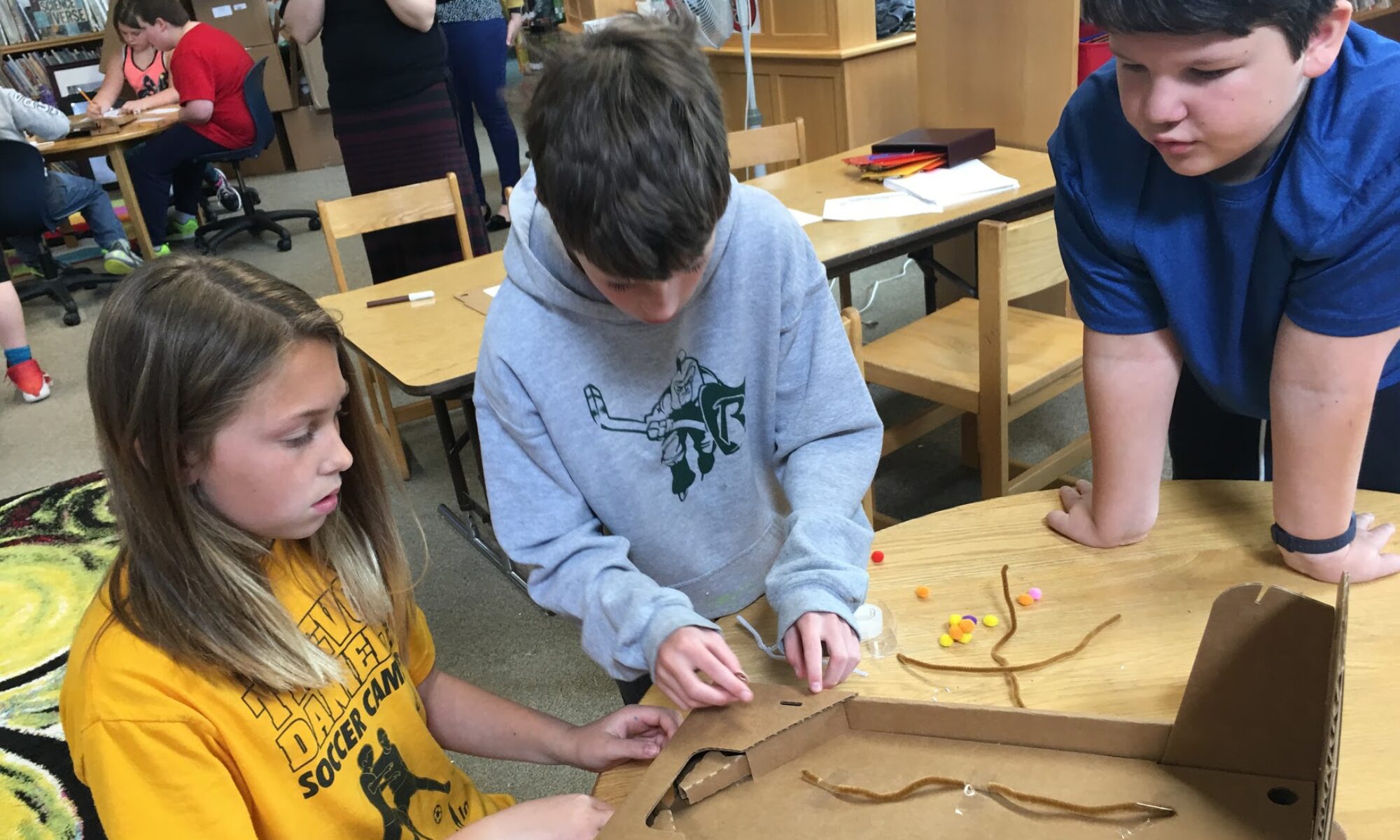For a lot of kids, science can be something you learn about, instead of something that you do. This is understandable – a lot of experiments that students do in the classroom aren’t exactly leading towards new discoveries. Even if it’s an amazing reaction or a wonderful simulation, it can be hard for students to feel as though they’re really “doing” science. This is where things like citizen science projects can come in.
These projects allow people who aren’t professional scientists (because really, we’re all amateur scientists) to participate in large scale scientific research. This participation can happen in your back yard, when you’re on a hike or a bike ride, or even online. There’s a fantastic collection of these projects curated by Scientific American.
If you click on over, you’ll see that most of these projects are free and suitable for all ages. They run the gamut from gaming to better understand mind circuitry, to creating energy system simulations for cities, to picking out galaxies from Hubble data. Some, such as the World Water Monitoring Challenge, require the purchase of testing kits, and have you run experiments in the field. Others, such as Creek Watch, use an app to allow you to directly report data. Some require students to take pictures, others to play online simulations. There’s loads of projects to investigate and possible integrate into your classroom, given your curriculum.
Projects like these not only provide fun learning activities for students, it allows them to connect with scientists actively doing research. They get to connect with the scientific community at large. They could choose their own citizen science project to participate in, one that aligns with their personal interests. It also encourages global thinking – people from all around the world contribute to these projects. Additionally, many are about global concerns, such as ocean quality and climate change.
No matter the content area, I feel that it’s important for students to connect with practicing professionals to better understand the subject. Citizen science projects provide that opportunity, along with an opportunity to actually help the work that is being done. And since the projects are either conducted or reported online, there is a easy and direct way to interact and see new data as it comes in. As you think about helping students make connections in science, it’s really something to consider.


Citizen Science: routes to collaboration on scientific research http://t.co/oONklECeol